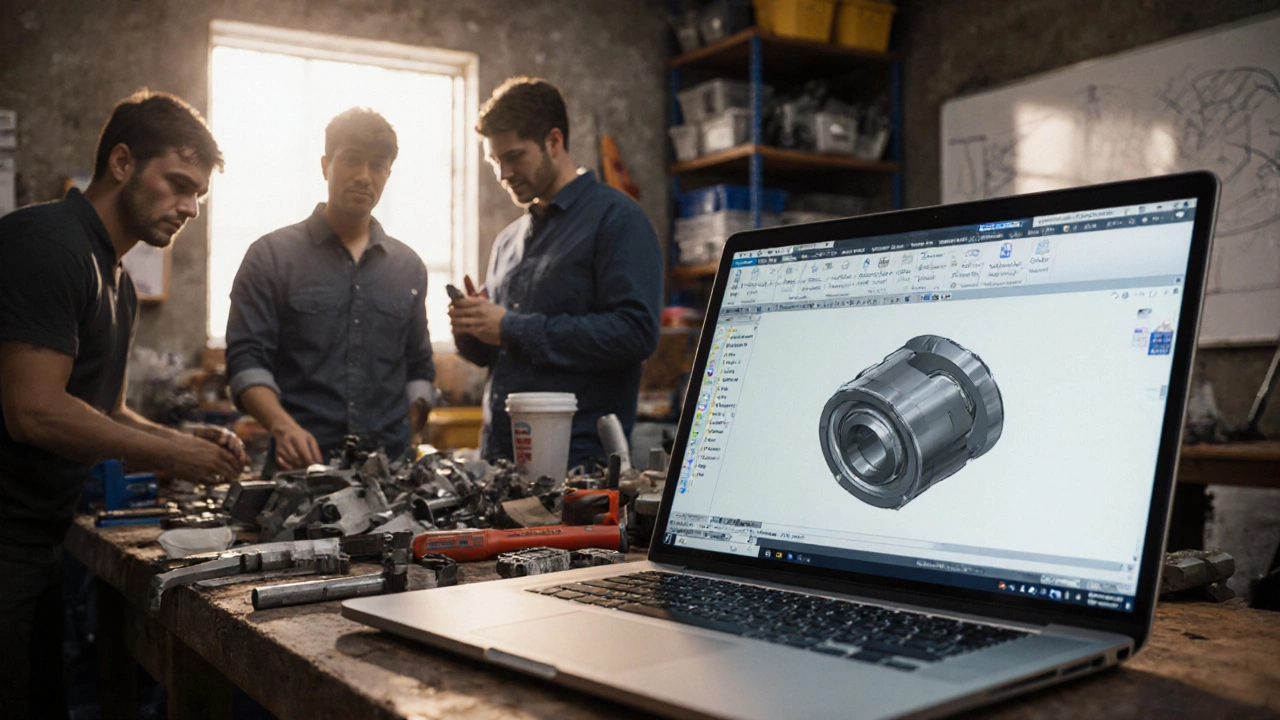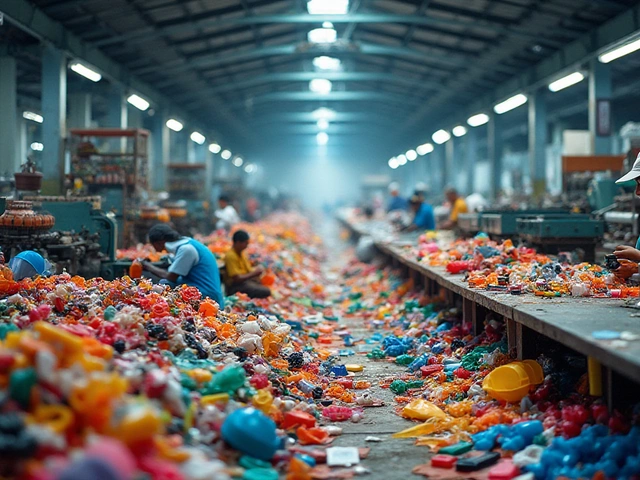Small Scale Manufacturing: Easy Steps to Start Your Own Tissue Line
Thinking about making tissues in a modest workshop? You don’t need a giant factory to produce good quality rolls. With the right plan, a few machines, and a focus on sustainability, you can launch a brand that competes with bigger players.
Why Go Small?
Small operations have lower overhead, quicker decision‑making, and can adapt to niche markets fast. Customers today love locally made, eco‑friendly products, so a small scale setup lets you highlight that story. Plus, you can test new designs without committing huge funds.
Key Steps to Launch
1. Pick the right raw material. Most Indian tissue producers use recycled paper pulp or bamboo fibers. Both are cheap and friendly to the environment. Visit local pulping units and ask for small batch samples to see which texture fits your brand.
2. Choose simple equipment. A basic four‑roll converting line, a creping machine, and a cutting table are enough for 1,000‑2,000 rolls a day. Look for second‑hand machines from nearby textile units – they’re often in good shape and cost a fraction of new ones.
3. Set up a clean, dry workspace. Moisture ruins tissue quality. Install a small dehumidifier and keep the floor smooth. Even a 200‑square‑foot room can work if you organize the flow: storage, pulping, converting, and packing.
4. Test quality early. Run a few batches and check softness, strength, and absorbency. Ask friends or local retailers to try the samples. Small tweaks in blade speed or glue amount can make a big difference.
5. Brand with a story. Highlight that your tissues are "Made in India" and use recycled fibers. Simple packaging with a clear logo attracts buyers who care about sustainability.
6. Find local buyers. Start with nearby grocery stores, boutique hotels, and offices. Offer a small discount for the first order to get shelf space quickly.
7. Keep finances tight. Track every expense – raw material, electricity, labor – in a spreadsheet. Small scale means cash flow matters more than ever. Aim for a break‑even point within the first six months.
8. Stay compliant. Register your unit with the local authority and get a basic ISO or BIS certification if possible. It builds trust with larger retailers.
9. Embrace digital marketing. Use Instagram and Facebook to showcase your production process. Short videos of rolls being cut and packed can go viral and bring orders directly to you.
10. Plan for growth. Once you hit steady sales, consider adding a second line or expanding into wet wipes. Keep the core values – low cost, eco‑friendly, locally made – as you scale.
Starting a small scale tissue business isn’t a myth; it’s a step‑by‑step process. Focus on raw material quality, simple equipment, and a clear brand story, and you’ll be ready to compete in the Indian market. Ready to roll out your first batch? The tools are already waiting.
Two Must‑Have Brands for Every Manufacturing Startup
Discover the two essential brands that every manufacturing startup should use, with in‑depth reviews, a side‑by‑side comparison, and supporting tools to help you scale fast.
View MoreWhat Manufacturing Makes the Most Money? Small Scale Winners You Didn't Expect
Ever wondered which small scale manufacturing makes the most money? This guide dives straight into the real high-earning ideas in 2025. You'll see what actually works, why these products fly off the shelves, and even get insider tips on how you can break into the scene in your garage or a small workshop. No fluff—just practical, money-making info you can use. Let's help you pick a winner.
View MoreTop Small Scale Manufacturing in Demand Now
With changing global needs, certain small scale manufacturing industries have gained significant attention. From handmade cosmetics to 3D-printed crafts, these are capturing consumer interest with their unique value. This surge is not only boosting local economies but also providing opportunities for micro-entrepreneurs. Discover why these industries are in demand and how you can tap into this growth trend to create a profitable venture.
View More






